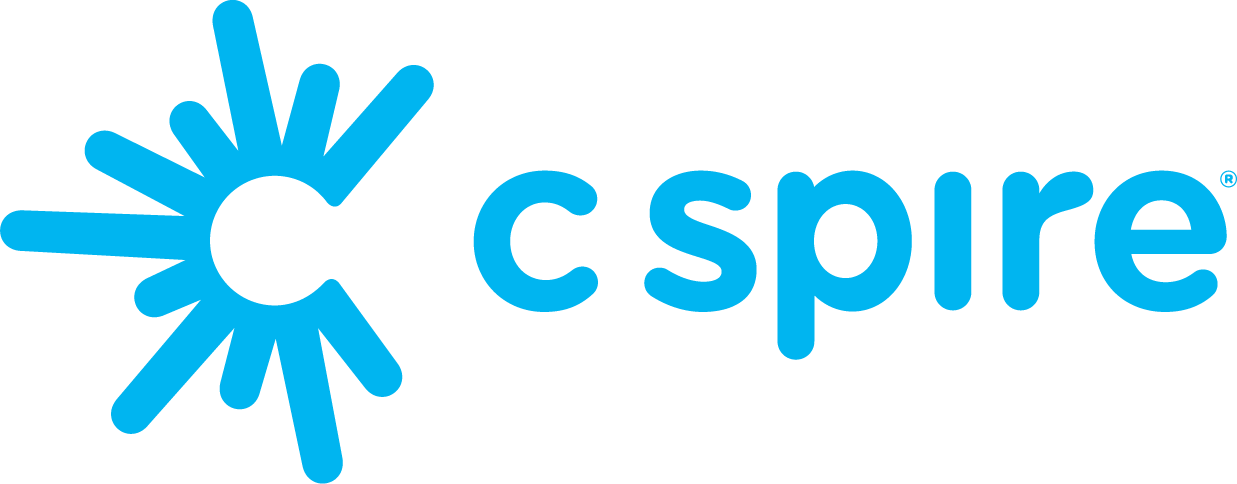
When Hurricane Katrina made its final landfall on the Mississippi-Louisiana state line on Aug. 29, 2005, the storm unleashed a 30-foot storm surge and sustained winds over 120 mph. As the storm reshaped the Mississippi Gulf Coast landscape, 238 people in Mississippi lost their lives and 60,000 lost their homes.
But in the days leading up to landfall, residents along the coastline prepared for what they hoped would be another near miss. Some chose to stay, believing their homes could withstand the wind and water. “If it survived Camille, I thought certainly it would survive Katrina, because Katrina didn’t seem as bad as Camille,” recalls Becky Hopkins of Gulfport. “But it was.”
Even seasoned observers underestimated what was on the way. “Our measure had always been Hurricane Camille in ’69. Nothing could be worse than Hurricane Camille,” says Billy Hewes, also of Gulfport, who was serving as a Mississippi state senator when the storm hit. “So, we based every decision and every amount of preparation a lot on what we learned from Camille. But again, that’s ’69, and here we are in 2005, and we’ve got this growing monster out there.”
When the storm arrived, its destructive winds blew far inland — Katrina remained a hurricane all the way to Philadelphia, Miss., nearly 200 miles from where it made landfall. “We were 70 miles inland, and winds were over 100 mph constant,” says John Brown, who covered the storm for WDAM-TV in Hattiesburg.
Communication challenges
By the afternoon of Aug. 29, as residents hunkered down or evacuated north, Cellular South (now C Spire) had already deployed more than 20 tower crews across Mississippi. Their mission was to assess the damage and begin restoring service as soon as it was safe.
Communications were challenged, but Cellular South never completely lost cellular service, particularly in the Hattiesburg and Biloxi areas. For many on the Coast, that connection made the difference between silence and survival. After the winds moved on and the water receded, residents began trying to reach their loved ones.
“I grabbed my phone and I ran outside, because you couldn’t get service, but I ran out to the garage and opened up the garage door, and I just started dialing,” says North Gulfport resident Vicki Parkhill. “And through the tears, I just said, ‘I don’t have but a second. We’re okay. We’re alive.’”
Restoring the network
The challenge for Cellular South’s crews was immense — fuel shortages, washed-out roads, downed lines, and exhaustion. But they pressed on, and by Tuesday night, 60 percent of the wireless network was operational in the six hardest-hit counties. By the weekend, that figure closed in on 100 percent.
The work demanded sacrifice. “Our clothes were dirty. We went days between showers. I slept in a cell site once and had the best sleep in a week,” says technician Joseph Mauffray, now senior manager of field operations.
Securing the fuel needed to run the generators that were powering the cell towers became an obstacle as supply lines broke down. “We had gotten to the point there was no fuel at all,” Mauffray says. “We had to get very creative, putting five gallons of diesel in one location, putting ten in another.”
Serving customers and first responders
Restoring cell service wasn’t enough. With many residents left without working phones, Cellular South stepped in to bridge the gap. The company delivered more than 2,000 phones to law enforcement, the American Red Cross and other first responders. The company’s retail stores — some operating from tents and trailers — became gathering points where people could place free calls to loved ones.
“I walked into the fire department there in Biloxi and said, ‘Hey guys, do y’all need phones?’ They go, ‘What do you mean?’” remembers Terrell Knight, who was VP of government sales at the time. “I said, ‘Well, that’s what I mean. Do y’all need phones to talk?’ He goes, ‘Well nothing’s working.’ I said, ‘Well, we are. Cellular South is working.’ They go, ‘You’re kidding.’”
The impact was immediate and often personal, as Knight attests. “I literally had people getting out of their vehicles, ‘Hey man, are you with Cellular South?’ And I go, ‘Yeah.’ He goes, ‘Man, your phone saved my life.’”
A culture revealed
Looking back, company leaders point to Katrina as a defining moment in Cellular South’s history. “Nobody here was asking how much rebuilding a tower would cost,” says Hu Meena, then the company’s president and CEO. “Our people over performed. They were so committed to restoring service early. These were friends and family and neighbors — we were affected personally, not just professionally.”
Suzy Hays, current president and CEO of C Spire, was over marketing and retail at the time. “Overnight, we went from the normal course of business of operating a wireless company to being a command center to care for our customers and our team and our community,” she says.
For those who lived it, the storm revealed the company’s values. “Our culture didn’t come out of Katrina. Katrina revealed our culture,” Hays says. “It was just a glimpse of true greatness of what I know our company is at its best."

















